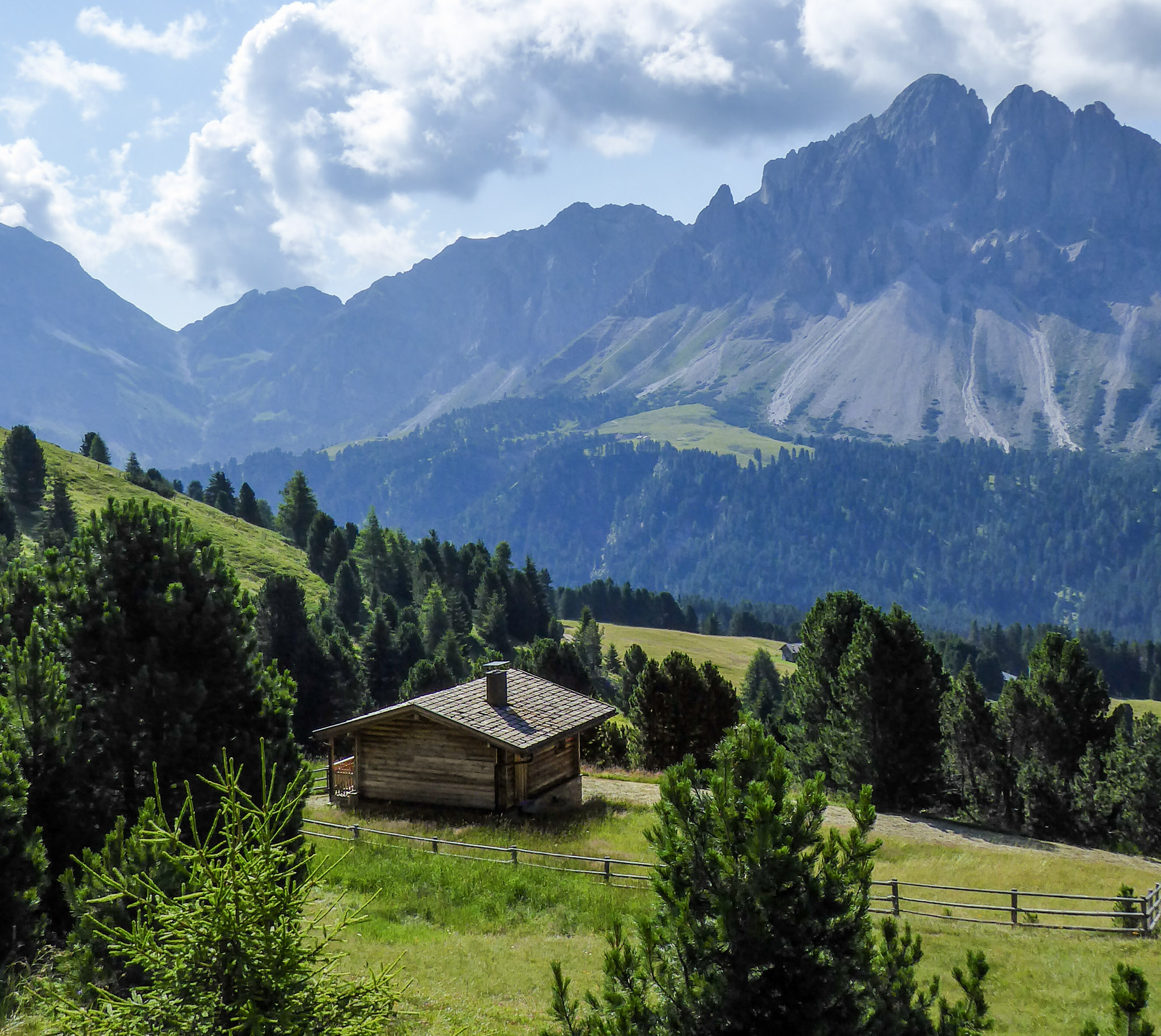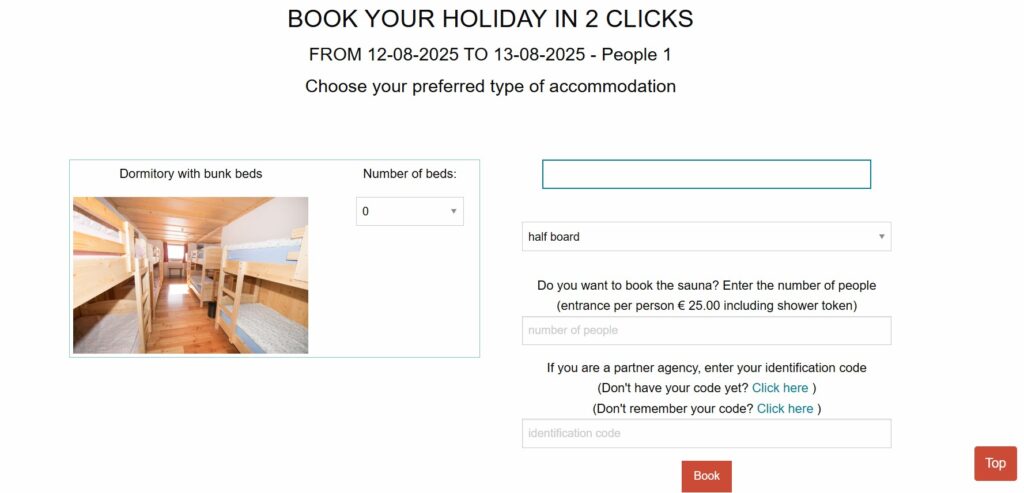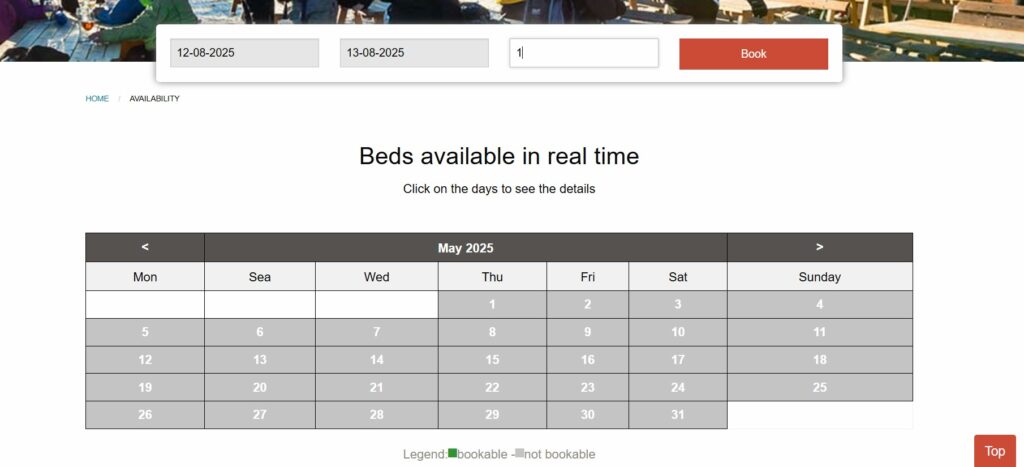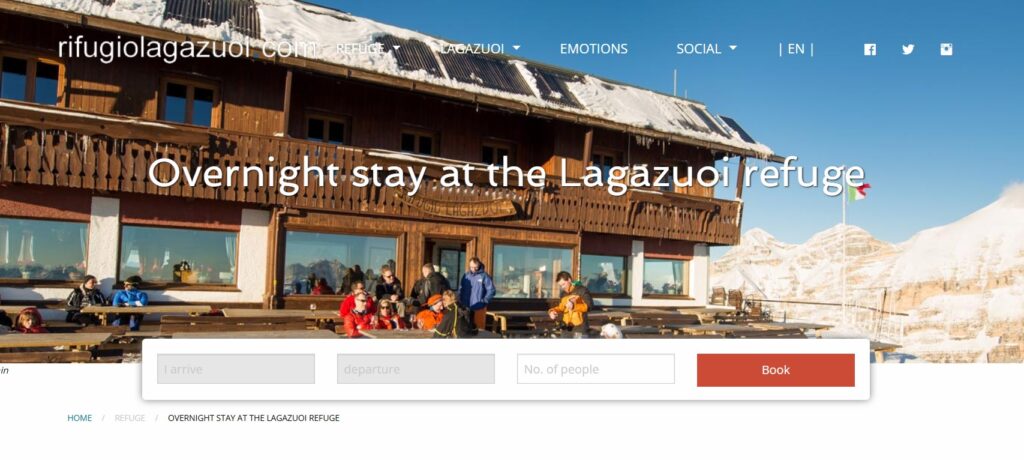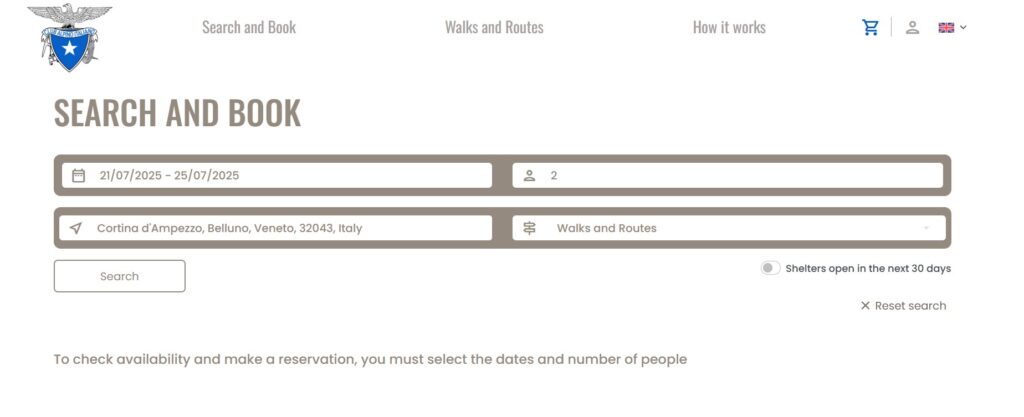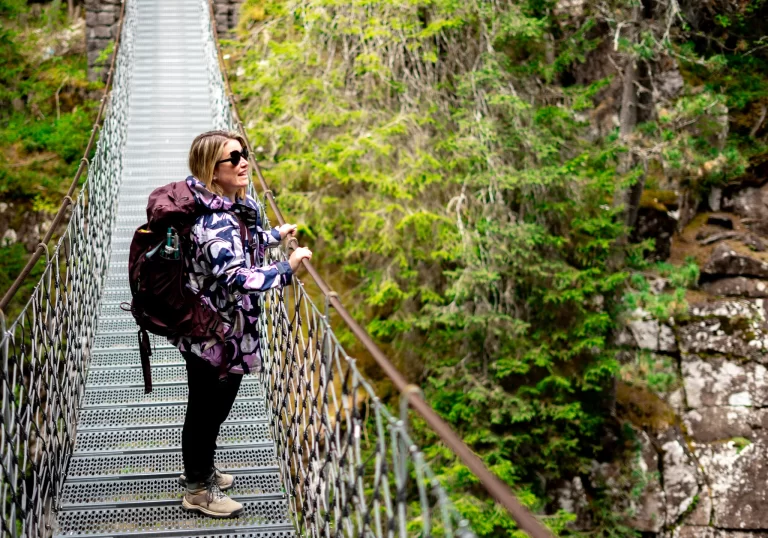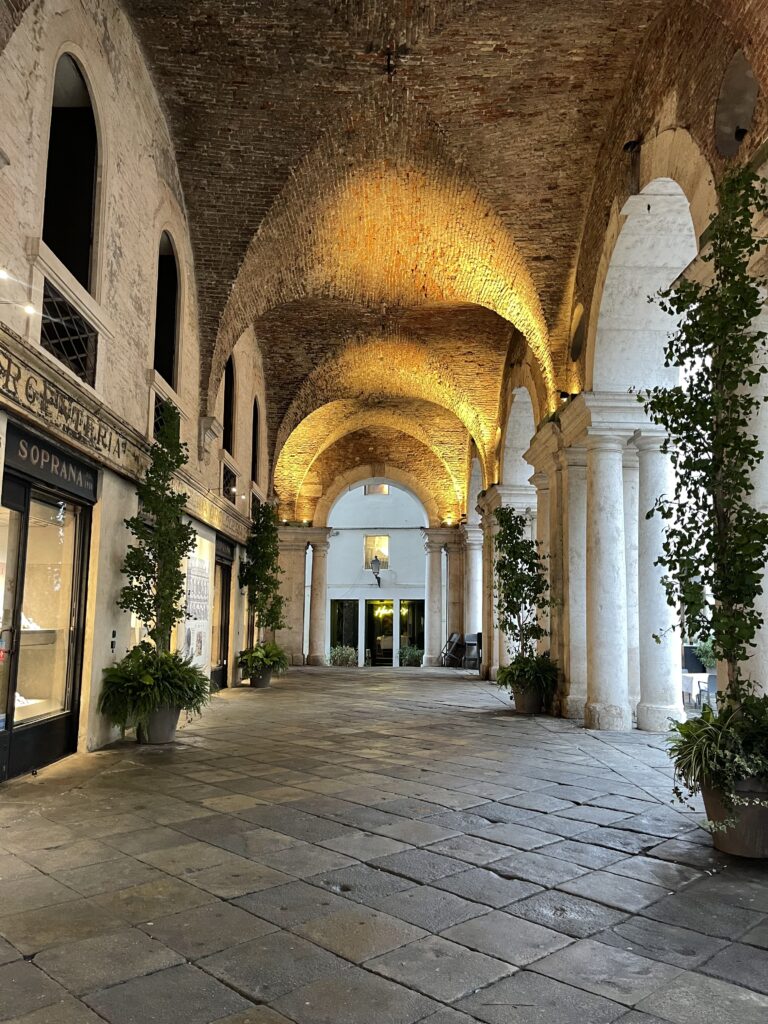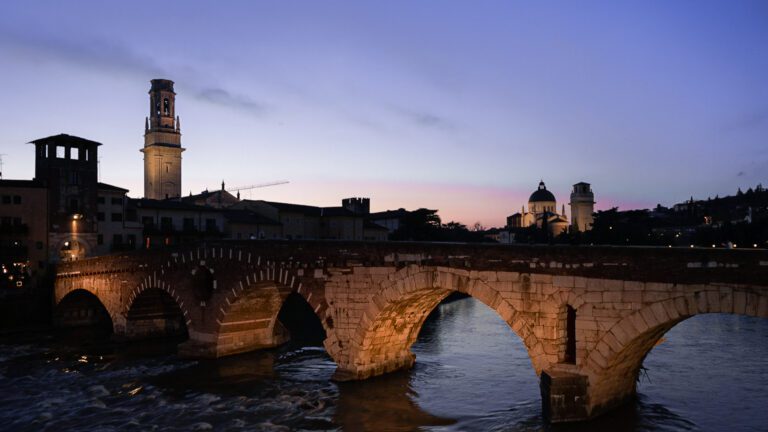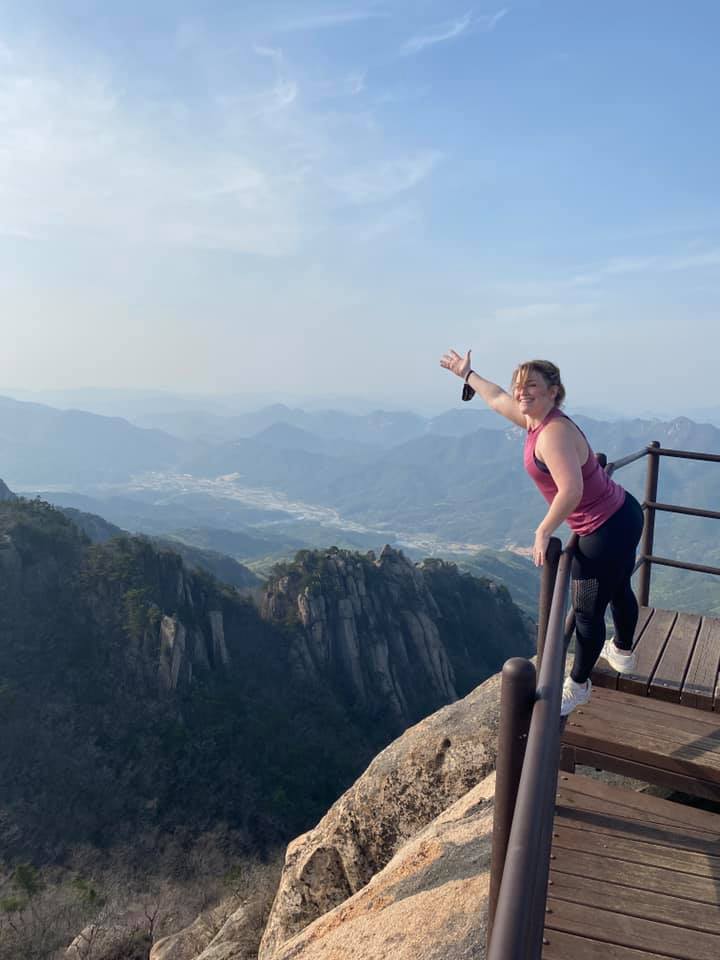How to Make a Reservation at a Rifugio in 2026
There’s nothing quite like waking up in a mountain hut in the Dolomites—fog curling around the peaks, warm coffee in hand, and a hearty breakfast waiting after a night of deep sleep from a rewarding day’s hike. Learning how to make a reservation at a rifugio ensures you can experience this magical moment seamlessly.
But before you get there, you’ve got to tackle the most confusing part for many first-time hikers: how to make a reservation at a rifugio
I remember my first time planning a multi-day trek in the Dolomites. I was full of excitement—and totally overwhelmed. Some huts had websites with no booking option. Some only listed a phone number. Then feeling relieved that I could book through an agency like bookatrekking.com
This post will walk you through everything you need to know regarding how to book a room at a rifugio!
How to Make a Reservation at a Rifugio: Step-by-Step
If you’re new to Dolomites trekking, learning how to make a reservation at a rifugio can feel overwhelming—but it’s easier than it seems.
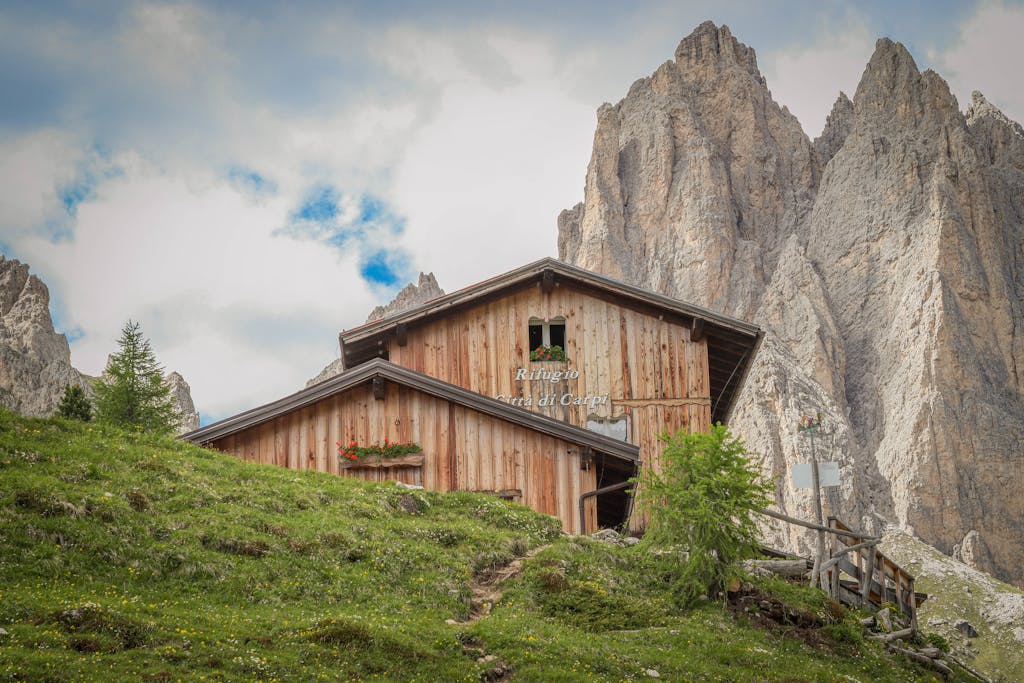
What Is a Rifugio?
A rifugio (plural rifugi) is a staffed mountain hut in the Alps, especially common in Italy’s Dolomites.
They’re part of the region’s deep-rooted hiking culture and offer food, lodging, and basic comforts right in the heart of the mountains.
They’re not luxury hotels, but they’re charming, warm, and unforgettable.
There are a few types of accommodations in the Dolomites you might see:
- Rifugio – Staffed huts offering dorms or private rooms, usually with dinner and breakfast (called half-board).
- Bivacco – Unstaffed shelters, usually very basic, sometimes without running water.
- Malga/Agriturismo – Mountain farm stays, which sometimes double as overnight stops with meals and unique experiences.
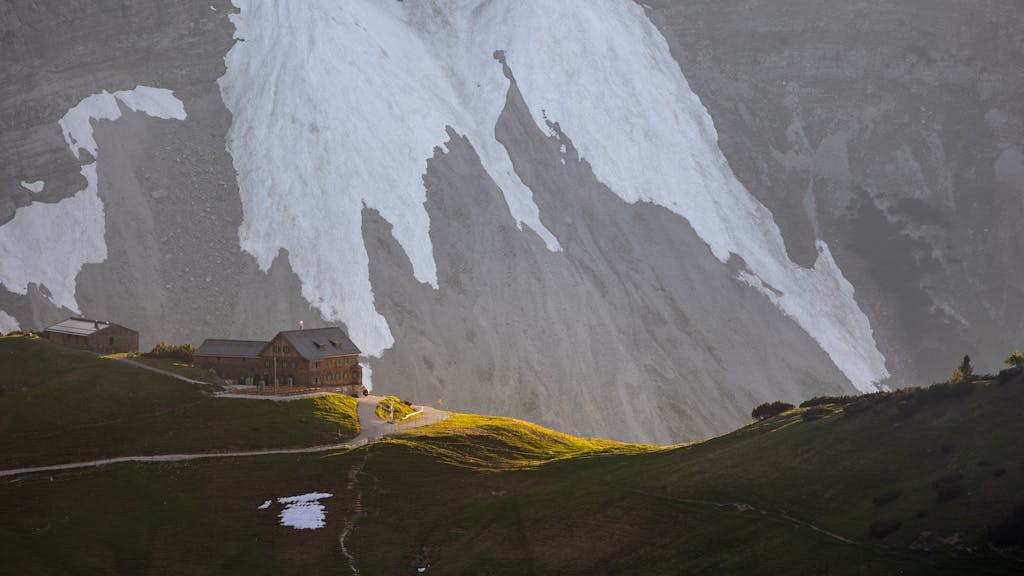
When to Book a Rifugio
If you’re hiking in July or August, book as early as possible—I am talking 6-7 months in advance.
Popular huts fill up quickly, especially those along routes like the Alta Via 1 or 2.
These two trails have gotten so busy in the recent years and I hesitate telling solo hikers to just show up and you’ll get a bed.
Rifugios cannot deny you and they can find a spot for you. Remember the whole point of a rifugio is to seek shelter.
- May–June: Lower trails may be open, but most high-altitude rifugi are still closed due to snow.
- July–August: High season. Expect crowds but great weather.
- September: Quieter trails, but some huts start closing mid-month.
- October–June: Most huts are closed, with a few exceptions for ski touring or winter hiking.
Personal Insight: I tried aimlessly to book the last half of my Alta Via 1 for 2025 in November of 2024, and bookatrekking informed me they were already sold out!
I wanted to book an overnight stay at Lagazuoi Refuge and can you believe they only have 3 dates open on their calendar? for 2025 season?! Wow right?
How to Find Rifugi Along Your Route
Start with your trail plan and make your reservation for a rifugio along the Alta Via 1 and 2 many online guides will list recommended overnight stops.
Resources I recommend:
- Tabacco Maps – Excellent detailed maps of the Dolomites with rifugi marked. You can buy these when you land at stores throughout the Dolomites. Better yet why not download this app — TABACCO MAPS
- Cicerone Guides – In-depth trail books with hut suggestions.
- Bookatrekking.com – Some routes allow you to book huts through a service.
- CAI (Club Alpino Italiano) – Lists all the huts in Italy with contact info and one easy reservation system.
Pro Tip: When you’re hiking point-to-point, choose rifugi within 4–7 hours of each other, depending on your fitness level and terrain.
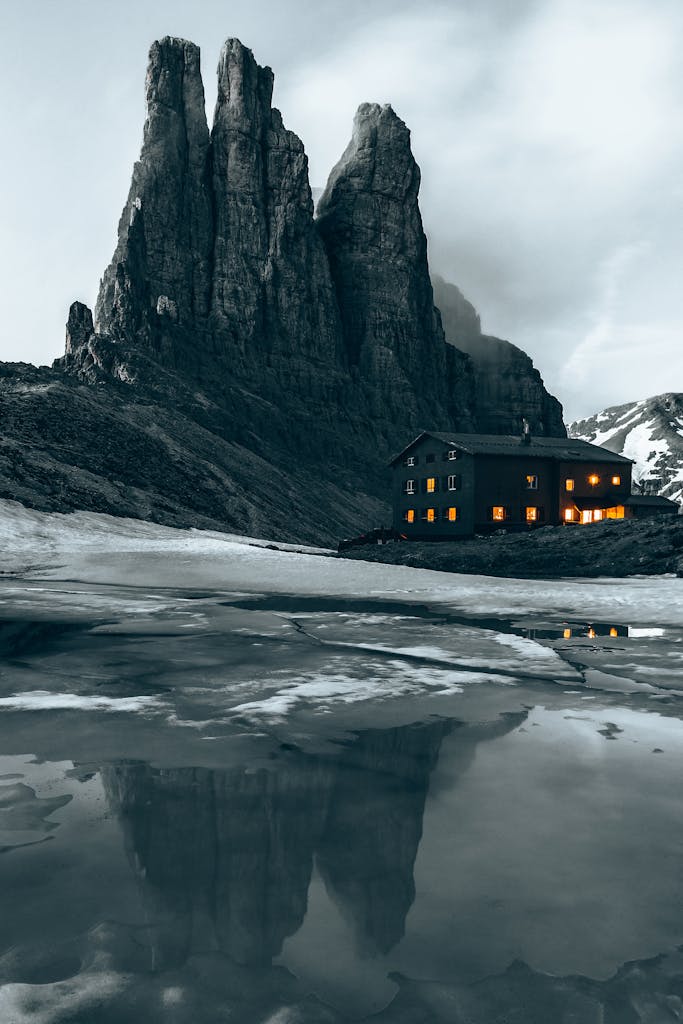
How to Make a Rifugio Reservation
Here’s the part that scares most people—but it’s honestly easier than it looks! I have included screenshots of the Lagazuoi Reservation system just so you can get a feel for what it looks like!
1. Check for an official website
Search for “Rifugio + name” on Google. Some huts have a website with an online form or email address. You’ll want to look for:
- “Prenotazioni” (Reservations)
- “Contatti” (Contact)
2. Send an email (or call if needed)
If there’s no online form, you can send a simple email. Here’s a template in English and Italian:
Subject: Reservation Request – [Your Name] – [Date]
Email (English):
Hello,
I would like to book a reservation at your rifugio for [number of people] on [date].
We would like half-board if possible (dinner and breakfast).
Please let me know if you have availability.
Thank you very much!
[Your Name]Email (Italian):
Ciao,
Vorrei prenotare una notte al vostro rifugio per [numero di persone] il [data].
Vorremmo la mezza pensione se possibile (cena e colazione).
Mi fate sapere se c’è disponibilità?
Grazie mille!
[Your Name]
You can use Google Translate to tweak things, and most hut keepers are used to receiving emails in English or mixed English/Italian.
If they don’t reply after 4–5 days, feel free to follow up or call using WhatsApp.
What Info You’ll Need to Provide For your Reservation at a Rifugio
When you email or fill out a form, include:
- Full name
- Date of arrival
- Number of guests
- Half-board request
- Dietary needs (e.g., vegetarian, allergies)
- CAI membership (optional but can give discounts)
Payment & Confirmation For your Reservation at a Rifugio
- Many rifugi require a deposit—usually via bank transfer (bonifico) or credit card– Wise is a good service to use.
- Some only accept cash at check-in—especially remote huts.
- Once confirmed, you’ll often receive an email reply with a written note like “Confermata la prenotazione” (reservation confirmed).
Print or screenshot your confirmation. Some don’t send formal booking links.
Tips for Easier Booking
- Start early: Especially for huts on AV1 and AV2.
- Book direct: Even if there’s a third-party option, direct booking is often cheaper.
- Use Google Translate in browser when viewing Italian-only websites.
- Call if stuck: Many rifugisti are friendlier than you expect and happy to help.
Bonus: Rifugio Etiquette
- Bring a sleeping bag liner – required in almost all rifugi.
- Leave boots in the designated area – many huts provide hut slippers.
- Quiet hours start around 10 PM – respect others sleeping nearby.
- Don’t skip meals – if you reserved with half-board, they expect you at dinner.
- No shoes in dorms – ever!
These are cozy, communal spaces—respect goes a long way.
Final Thoughts: Booking a Rifugio is Part of the Adventure
Once you know how to make a reservation at a rifugio, the whole trek feels more accessible and exciting—you’ll be hiking with confidence in no time and you’ll feel like a true Alpine adventurer.
Whether you’re hiking the Alta Via 1, chasing sunrise views over the Marmolada, or just staying overnight after a big hike near Cortina—there’s something unforgettable about sleeping above the clouds in a warm, friendly hut.
If you’re planning your trip to the Dolomites, check out:
- My Alta Via 1 and 2 Packing Guide For Solo Female Travelers
- 5 Less-Crowded Hikes Near Cortina d’Ampezzo
- Dolomites Rifugio Guide: Booking, Packing and Expert Tips
- My Favorite Dolomites Hotels
- The First Timers Guide to The Dolomites
- Lago Di Sorapis Hiking Guide: Passo Tre Croci to Sorapiss
Have questions? Drop them in the comments or send me a message on Instagram @kimberlykepharttravels. I’d love to help you plan your hut-to-hut journey!

